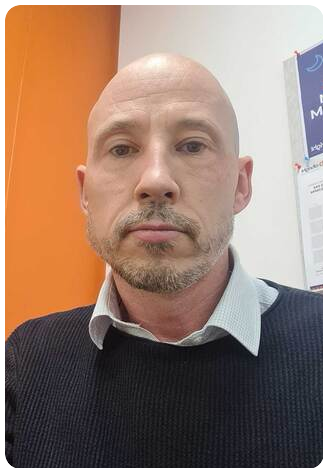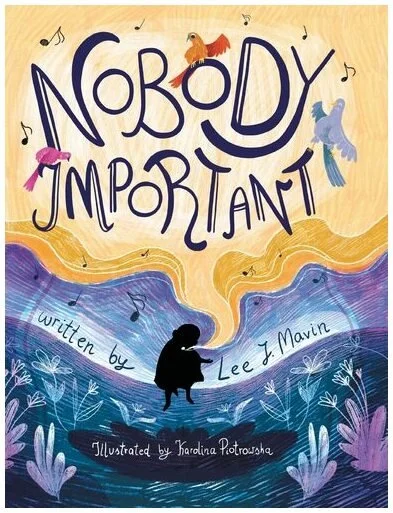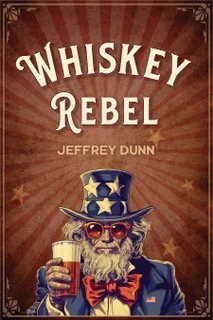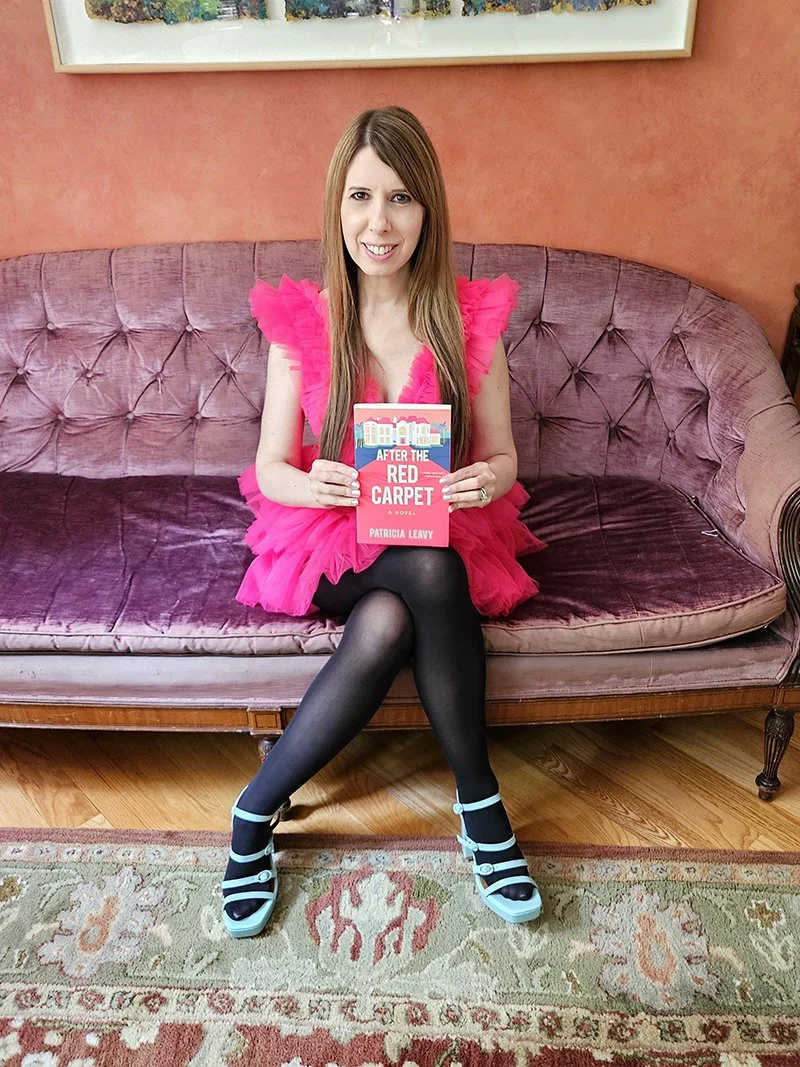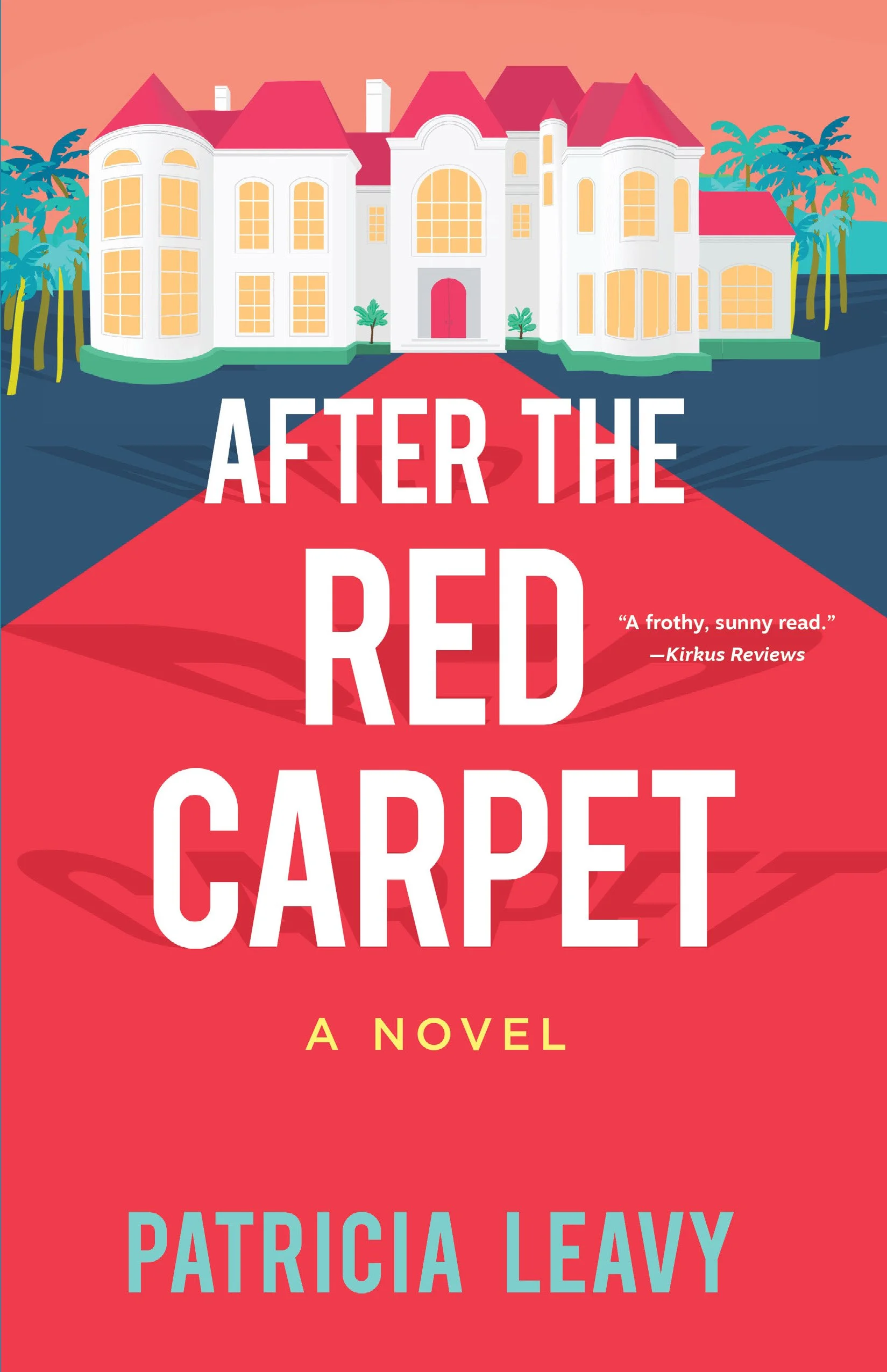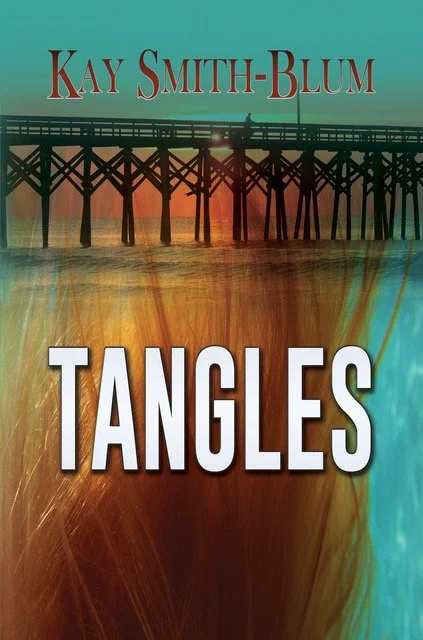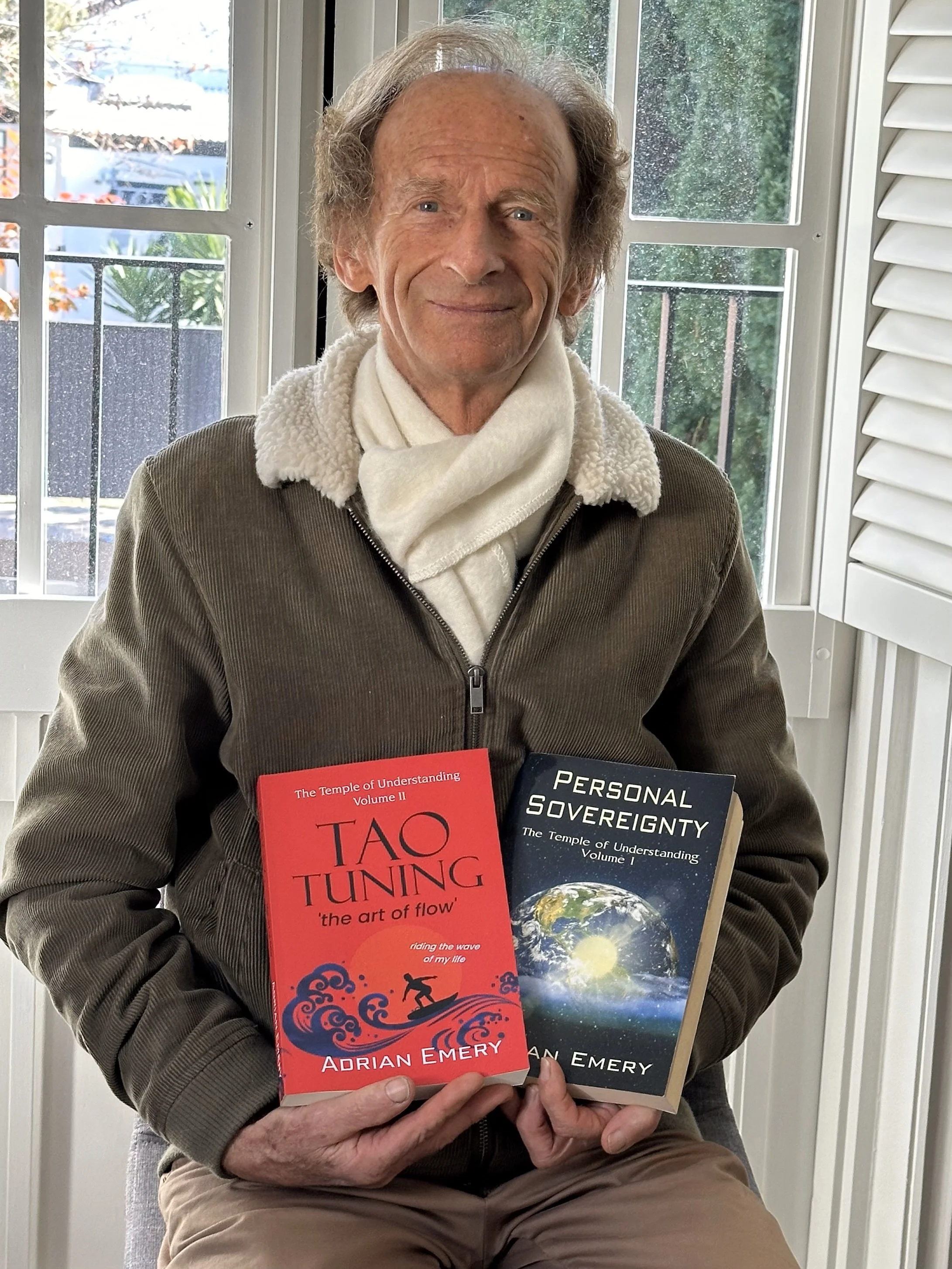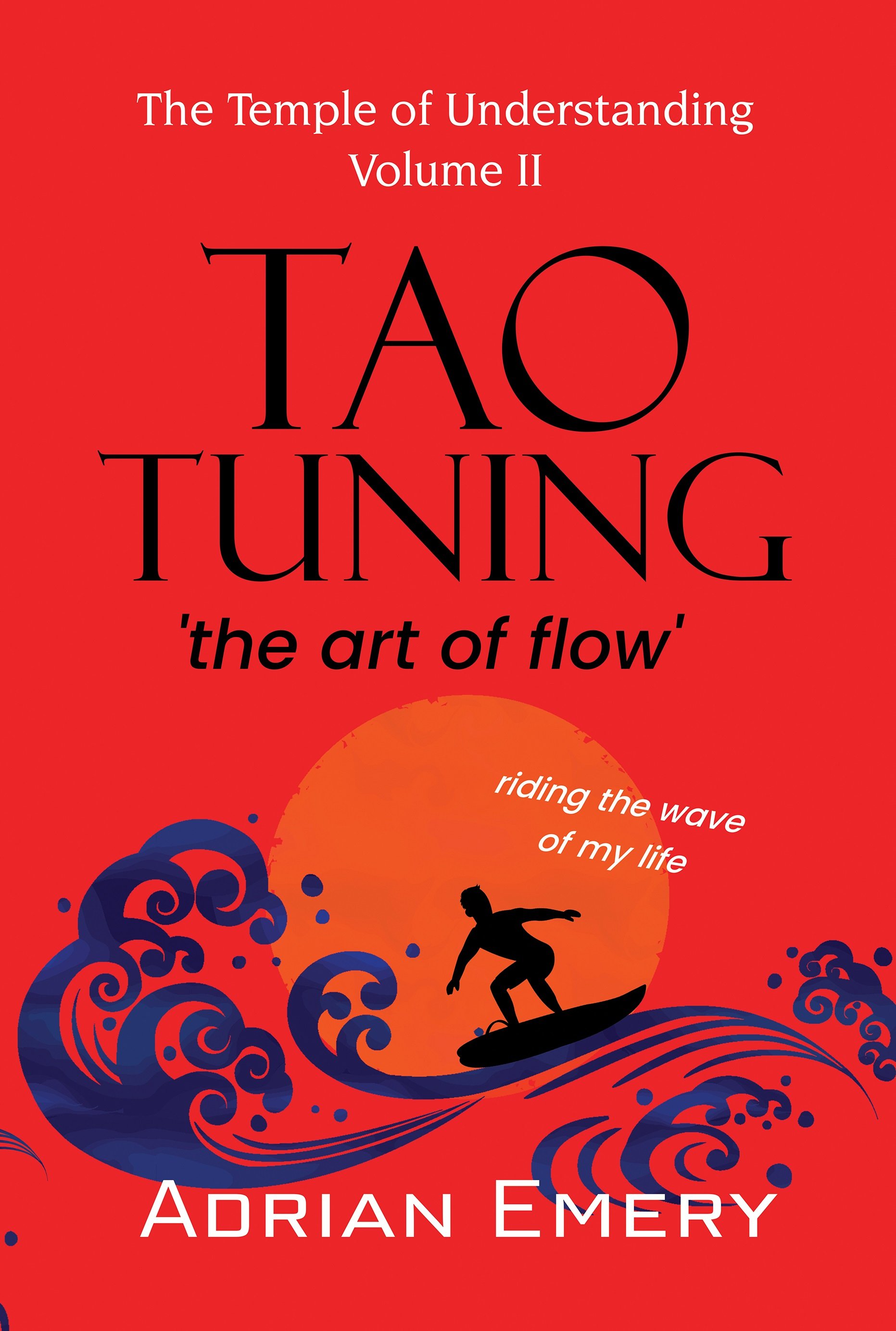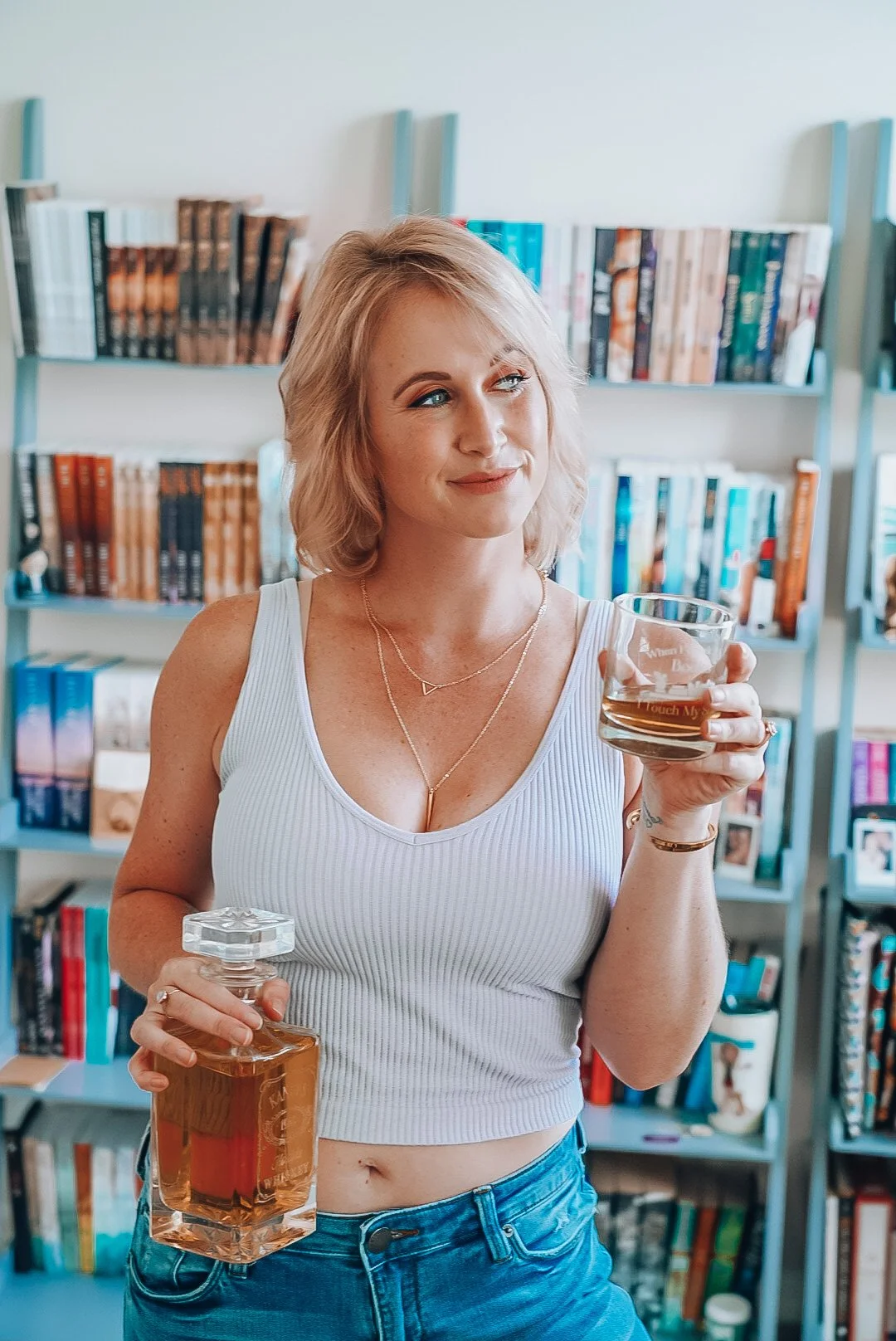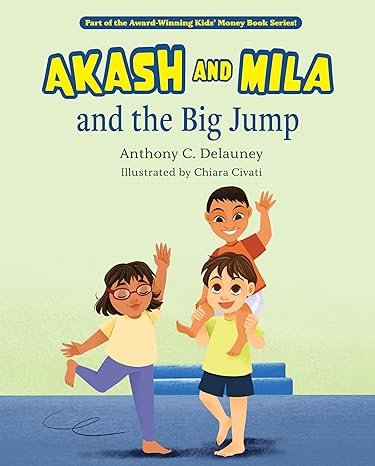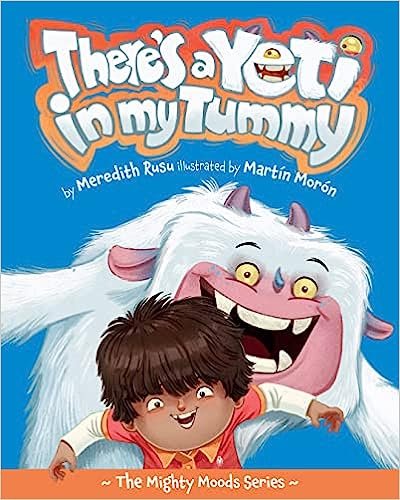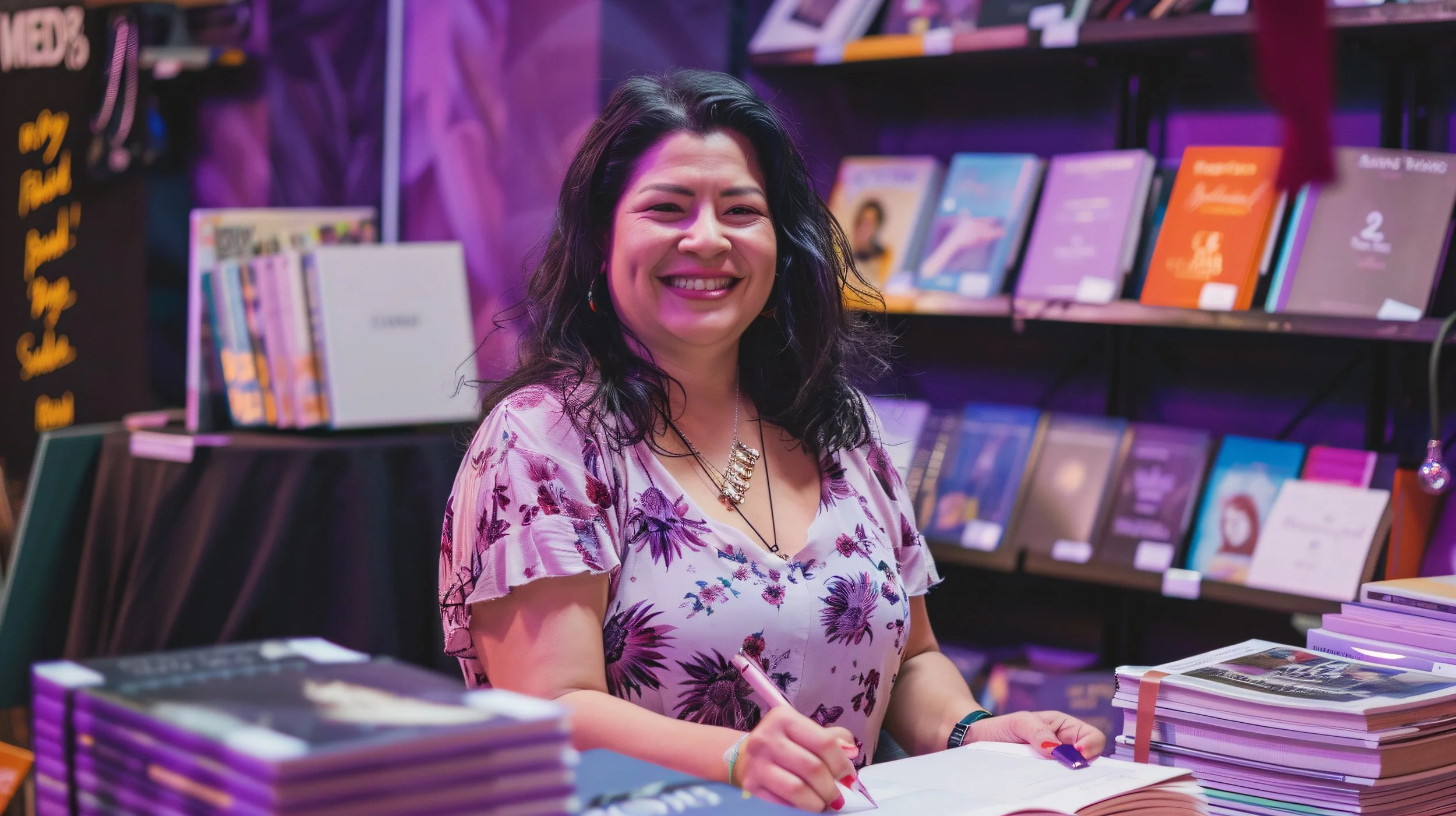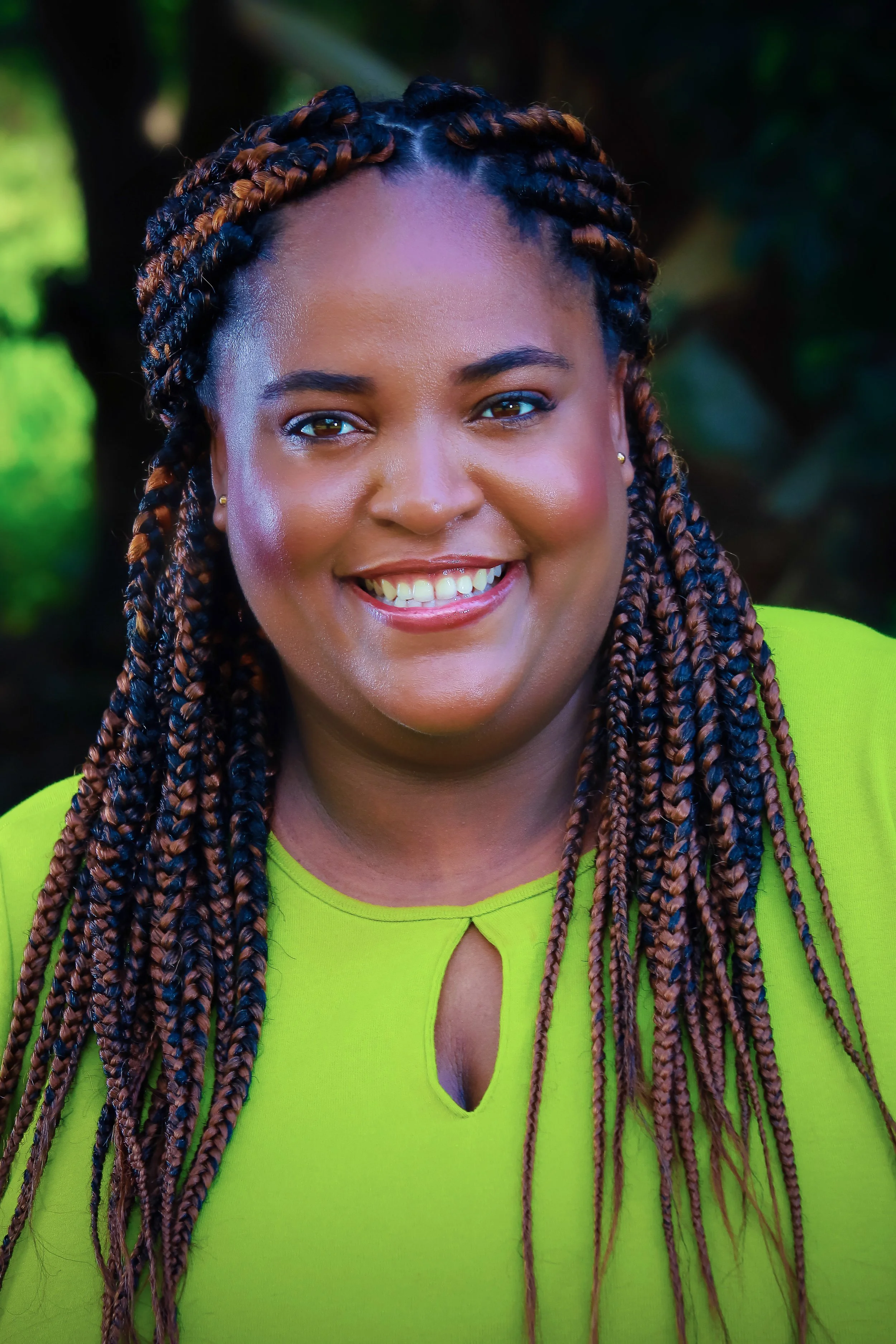Whiskey Rebel explores identity, friendship, and the meaning of freedom. What inspired you to write this story, and why did you choose these themes?
That’s a lot. Let’s start with friendship. Back in high school my best friend and I read Richard Brautigan’s A Confederate General from Big Sur and fancied we were the characters Jessie and Lee Mellon. In college we wrote letters back and forth under these personas. Forty-five years later, I decided I wanted to write a novel that extended our friendship, a picaresque western buddy novel, this novel: Whiskey Rebel.
When it comes to identity, only the speaker/recorder Punxie is struggling with this concept. His buddy Hamilton Chance and the other characters don’t have the luxury of navel gazing. After all, an identity crisis only is nurtured in a well-tended garden. Psychologists charge $150 an hour. When it comes to Punxie, his identity crisis is born of social dislocation and failed expectations. He is looking for friends and ultimately a home. He is looking for a country. Hopefully “finding his true self” alleviates his crisis.
Freedom, now that’s the novel’s through line, and I invite readers to dive into Whiskey Rebel to see the idea of American freedom put through its paces.
The novel follows a cast of characters who have been “battered by the past and left behind by the American Dream.” What drew you to tell their stories, and how do you view their struggles as a reflection of modern America?
When I moved with my family from the Appalachian Rust Belt near Pittsburgh, PA to Washington State, I taught high school English for twenty-six years in struggling logging communities. These students and their families make up a vast swath of America, and for the most part, they are politically invisible. In Whiskey Rebel’s first chapter, Punxie tells the story of the school posters that proved to be a lie and the townsfolk, one of them a classmate, who died of heroin overdoses. As a teacher of these students, I was always aware that the staff parking lot was filled with newest and most expensive cars in town.
The historical Whiskey Rebellion of 1794 plays a role in the novel. How does this moment in history parallel the themes and struggles in Whiskey Rebel?
Two things deepen the plot and characters of a novel: natural history (setting) and human cultural history. After I decided that the Columbia Basin in general and Moses Coulee in particular would be where Hamilton and Punxie were going to make their whiskey, I harkened back to where I grew up, the locale for the first rebellion against the U.S. government, an insurrection only five years after the ratification of the Constitution. I knew a little about this time, but as I did a deeper dive, it was clear to me that America has always been in revolt in some way or another. Current events are hardly unprecedented, although they may seem so to us. I want to make clear that I didn’t write Whiskey Rebel in response to current events. For from it. I finished the rough draft before our now infamous January 6, which is to say that Whiskey Rebel is not a thinly-veiled political tract. Instead, my novel is a work of art that portrays the interactions of five singular people in a setting where they are able to act more freely than if they lived most other places in America.
Punxie Tawney is such a compelling narrator, and his voice feels deeply authentic. How did you develop his character, and did he change during the writing process?
Yes, he changed. Early on there wasn’t much difference between Punxie and Hamiliton. The interest was generated by their audacious language and actions, and Cherry was just the sort of female lust interest that has been brought into existence by too many male writers.
After finishing the rough draft, I first did a radical restructuring of the novel’s events, especially of the first hundred pages. Later, I did radical revisions of Punxie and Cherry. For openers, I popped open a beer, and then I went to work developing Punxie’s background, especially his parent’s relationship. In addition, as Punxie’s speech became more literary, he began to reflect on his choices. He is the one character who uses his own self-awareness to grow and change. In some way, Punxie became more like me in temperament, although certainly not in his backstory or actions.
And Cherry? I’m proud that she goes from boytoy to banshee. She fiercely protects her dignity and is Punxie’s harshest critic. She busts Punxie out of his head and forces him, as she says, to “listen and learn.”
You paint a vivid picture of Washington State’s high desert and Moses Coulee. What is your personal connection to this landscape, and how did it shape the novel?
My family and I live in Eastern Washington State, and we have spent a good bit of time camping and fishing in Central Washington’s Columbia Plateau and Basin. One time when my wife and I were driving along the Columbia River, she said to me, “I lived around here back in high school.”
“It was a bad time, right?” I tested. “That was a long time ago. Do you remember the road?”
“Palisades Road. It’s the only road in Moses Coulee.”
“How far in did you live?” To go there meant returning to her heart of darkness.
“The last farm at the end of the road. About twenty miles in. We were hired hands and only lived there for four months.”
“Do you want to take a side trip?”
“Sure, why not.”
After we swung onto Palisades Road, I thought we were on the moon. I don’t like to describe my experiences as surreal, but Moses Coulee was one otherworldly place. It was this experience that provided me with the bedrock for Whiskey Rebel, the book where Punxie Tawney says about Moses Coulee:
To my left, the basalt wall of the Columbia Gorge steeply dropped down to the coulee floor. Then to my right, the basalt wall abruptly rose again. I imagined a sign stretching across the entrance to Moses Coulee: “PEARLY GATES.” No, not a chance. “ABANDON ALL HOPE.” Again, I didn’t think so. This place didn’t care that much.
The novel follows a picaresque structure, with Punxie and his companions moving through different experiences and encounters. What made this storytelling style the right choice for Whiskey Rebel?
Because I started with Richard Brautigan’s A Confederate General from Big Sur as a touchstone, Whiskey Rebel’s genesis is picaresque, or in the vernacular, a real hoot. This style is very Western American and follows in the tradition of On the Road, Only Cowgirls Get the Blues, and even Butch Cassidy and the Sundance Kid. And as fun as such a novel can be, I was encouraged when my developmental editor Fran Leibowitz said the novel could be so much more, and now it is.
Whiskey Rebel raises deep questions about the American Dream. After writing this book, how do you personally define freedom?
Me? As a writer, my authority is beside the point. I do like the place Punxie comes to at the end of Whiskey Rebel. I think it’s best that readers take the journey for themselves, from the novel’s beginning to its end.
What do you hope readers take away from this novel?
I don’t hope other than an enjoyable, thoughtful read. Unpacking the suitcase that is myself, I find almost fifty years of epiphanies about the reading process. Forty-one years of teaching high school English, much of it supporting students who were two or more years behind grade level on the developmental reading scale. A PhD in English Literature and Cultural Studies. Lots of reading in cognitive psychology. A deep dive into dyslexia, ADHD, and high functioning autism. And through it all, I know that as a writer I make squiggly lines and readers use their background knowledge to make meaning from what they decode. No two readers read the same book.
You’ve built a reputation for crafting rich, evocative settings and unforgettable characters. What’s next for you as a writer? Are you working on another project?
I’m posting cultural commentary as Culture Raven on Substack and as Jeffrey Dunn, PhD on Medium.
I’ve also just started a new work of long form magical realism set in and around Spokane, WA, a place of marvelous natural and human history. The odd-numbered chapters feature Anise Finocchia, a young woman who willfully keeps her eyes closed and feels her way through life. Her avatar is Turk (turkey vulture). The even-numbered chapters feature the Christian Saint Patrick, who after being reincarnated as the Boddhisattva Patrick, is reborn again as Spokane Patrick. His avatar is Fly (dragonfly). Eventually, Anise’s and Patrick’s paths meet, all under the watchful presence of Mountain Whitefish. Currently, the manuscript begins:
Anise Finocchia’s mom died today.
Hellbent on survival, her mom had solicited a van, one that was stopped at the intersection of Sprague and Napa in Spokane, WA. She was putting on a show by sucking on a lollipop like a little girl. The driver liked what he saw and motioned for her to hop in. She did so, and without saying a word, they drove to an alley and parked.
